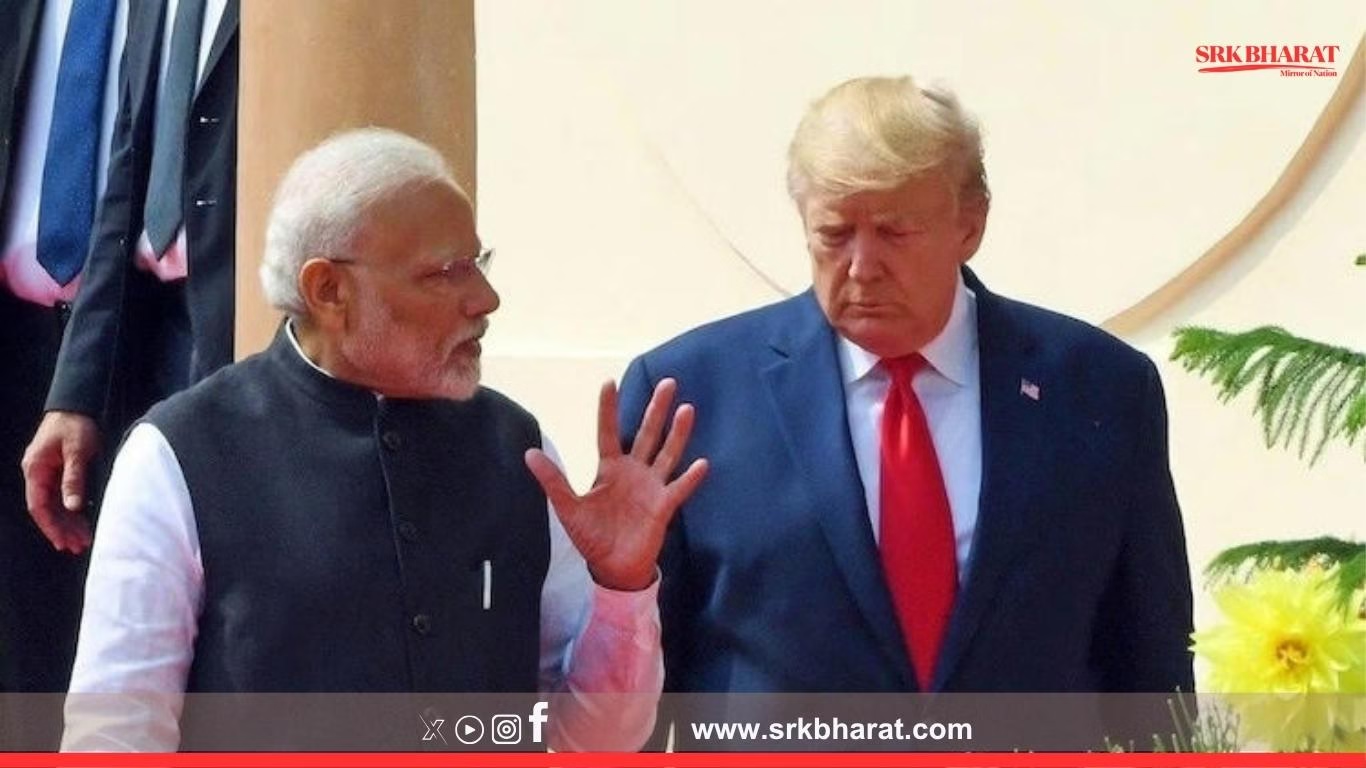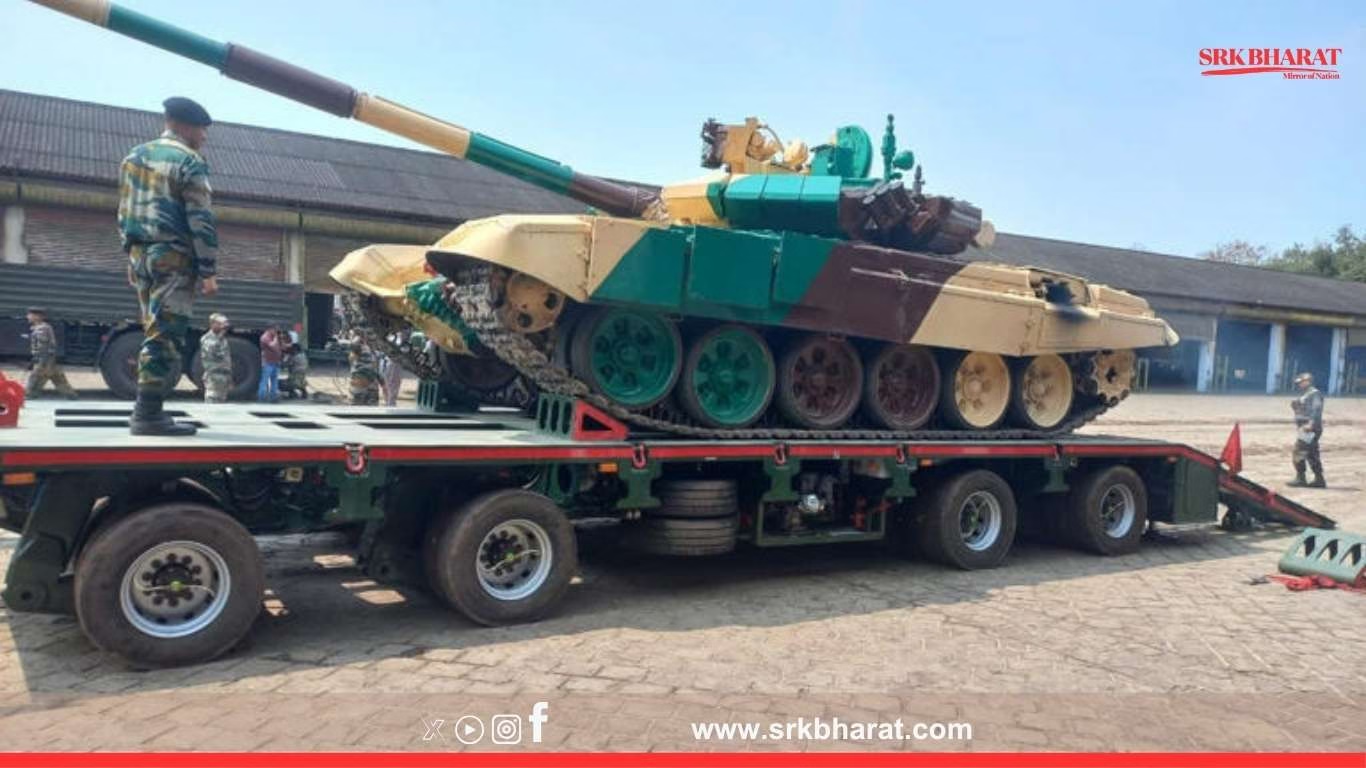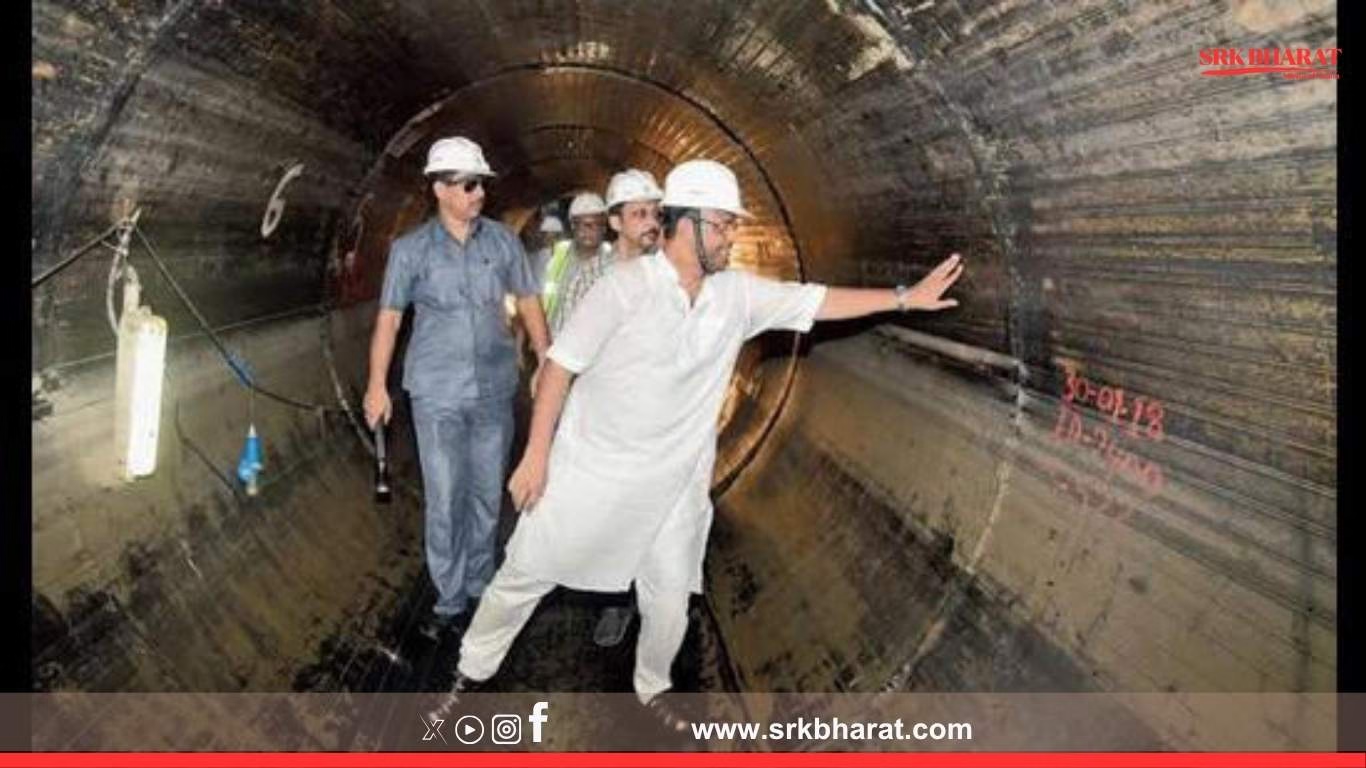In a move that underscores rising strategic tensions and trade policy divergences, India has officially conveyed to the United States that it has decided not to proceed with the acquisition of the advanced fifth-generation F-35 Lightning II fighter jets. This development comes in the wake of former US President Donald Trump’s renewed push for a 25% tariff on Chinese imports—an economic shockwave that has caused unease in allied capitals, including New Delhi.
India’s message to the US reflects not only evolving military procurement priorities but also deeper unease about the reliability of American foreign policy under Trump-era protectionist frameworks. While India has long been viewed as a potential customer for the F-35s, particularly to counter China’s growing air superiority in the Indo-Pacific, recent events have led New Delhi to reassess the strategic calculus.
Strategic Decoupling: India Pulls Back from F-35 Ambitions
Despite years of speculation, internal studies, and informal dialogues between the Pentagon and Indian defense officials, India has drawn a firm line by officially communicating its disinterest in the Lockheed Martin-manufactured stealth jets. Officials close to the Ministry of Defence confirmed that the high operational costs, geopolitical unpredictability, and technology transfer limitations were significant barriers.
A top defence analyst in Delhi noted:
“India doesn’t want to be locked into a costly single-platform ecosystem that might be subject to export restrictions, especially in the event of shifting US political winds.”
Additionally, Trump’s threats to impose further tariffs on global supply chains—impacting India’s pharma and IT exports—have exacerbated strategic uncertainty.
Alternatives Being Explored by India
Instead of relying on a fifth-generation American platform, India is ramping up focus on other options:
| Fighter Jet Option | Country of Origin | Category | Status in India |
|---|---|---|---|
| Rafale-M (Marine variant) | France | 4.5 Gen Carrier-based | Deal signed for INS Vikrant ops |
| Su-57 (modified variant) | Russia | 5th Generation (export) | Under consideration |
| AMCA (Advanced Medium Combat Aircraft) | India | Indigenous 5th Gen | Development phase |
| Tejas Mk2 | India | 4.5 Gen Indigenous | Prototype rollout expected |
India’s message regarding the F-35 appears aligned with its larger vision of strategic autonomy in defense procurement and enhanced indigenous capabilities under the ‘Aatmanirbhar Bharat’ initiative.
What Trump’s Tariff Push Has to Do with It
Former US President Donald Trump’s fresh proposal to impose a 25% tariff on Chinese imports—potentially targeting goods worth over $300 billion—has stoked fears of a global supply chain squeeze and retaliatory trade barriers. While the tariff targets China, India is wary of the broader ripple effect. Already, the Biden administration’s follow-through on some of Trump-era policies has reinforced India’s perception that American economic strategies could turn transactional or coercive—even with strategic allies.
A senior Indian trade official noted:
“Washington’s unpredictable tariff regime affects confidence. You cannot ignore the message it sends to partners weighing billion-dollar military deals.”
India’s skepticism is further amplified by lack of clarity around industrial participation and technology transfer under the F-35 program, both seen as vital for New Delhi’s self-reliance goals.
Cost Factor and Logistics Hurdles
Operationalizing the F-35 fleet in India would have required a significant revamp of infrastructure, training, and long-term maintenance partnerships—elements that entail enormous cost burdens.
| Fighter Jet | Estimated Cost per Unit (USD) | Estimated Lifecycle Cost (20 years) |
|---|---|---|
| F-35 Lightning II | $80 million – $100 million | $1.5 billion |
| Rafale-M | $100 million | $900 million |
| Tejas Mk2 | $43 million (projected) | $450 million |
| AMCA | TBD | TBD |
The high lifecycle cost of the F-35 has proven to be a key deterrent, especially when weighed against budgetary constraints and India’s desire to expand its fleet of indigenous aircraft.
Indo-Pacific Balance: Does This Hurt India?
While the F-35s are considered among the most advanced fighters in the world, their absence from India’s inventory may not immediately alter the regional airpower equation. India continues to operate a potent mix of Su-30MKIs, Rafales, Mirage 2000s, and upgraded MiG-29s, with a strong emphasis on diversification.
Moreover, India is bolstering defense ties with other Indo-Pacific partners such as Japan, Australia, and France, while also strengthening maritime surveillance and missile capabilities.
| Country | Defense Collaboration with India (Recent) |
|---|---|
| USA | BECA, COMCASA, logistics pact, drones |
| France | Rafale deal, Barracuda submarine talks |
| Australia | Joint naval exercises, defense dialogues |
| Japan | 2+2 Ministerial Meetings, tech transfers |
This diversified partnership matrix ensures India doesn’t become overly reliant on one supplier or power bloc, especially as strategic alliances remain fluid in the Indo-Pacific.
Domestic Development – The AMCA Project
India’s own fifth-generation Advanced Medium Combat Aircraft (AMCA), led by DRDO and HAL, is being accelerated as the cornerstone of India’s future air dominance strategy. The aircraft is expected to feature stealth technology, AI-enabled combat features, and supercruise capabilities.
Prototype development is underway, and while delays are expected in reaching initial operational capability, the project offers strategic independence in the long term. The government is already setting aside ₹15,000 crore in its upcoming defense modernization outlay for fast-tracking AMCA.
Reactions from Washington and Defense Experts
While the US has not issued a formal response to India’s decision to not proceed with the F-35, sources indicate quiet disappointment. Defense contractors had hoped the F-35 would cement a deeper defense-industrial partnership with India. However, policy observers recognize that India’s security architecture and procurement strategy remain aligned with long-term autonomy and cost-effective multipolar sourcing.
A defense policy fellow at a DC think tank commented:
“India’s choice doesn’t mean a rejection of the US partnership. It means New Delhi is prioritizing flexibility over dependency. It reflects a matured, confident defense strategy.”
Conclusion
India’s decision to inform the US of its disinterest in purchasing the F-35 fighter jets is a strategic and economic recalibration rather than a sudden policy shift. Amid escalating tariff threats under Trump’s influence and concerns over American unpredictability, India is moving towards greater defense self-reliance while keeping its global alliances broad and balanced.
With the F-35 deal now off the table, the path ahead for Indian air power lies in indigenous advancements and smarter procurement diplomacy—not just technological prowess.
Disclaimer: This article is based on evolving defense and geopolitical dynamics and reflects current statements and developments. Policy decisions may be subject to change based on future negotiations or shifts in the global strategic environment.











